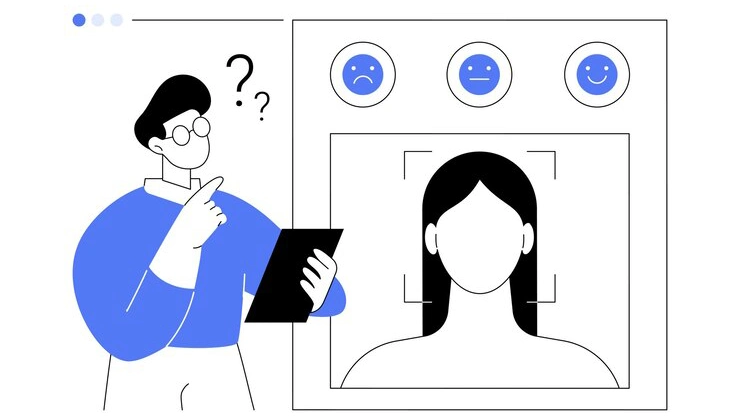content
This article is by the ADV Advantage team. We run e-commerce campaigns in Google Ads and Performance Max every day and we keep seeing the same pattern: when there’s a clear ICP (Ideal Customer Profile), automation hits the mark more often and budgets burn less. ICP isn’t “everyone who might buy.” It’s the customers who bring margin and don’t disappear after the first discount. Deloitte and McKinsey note that teams with a formal ICP scale automated campaigns faster because the models learn from the right data from day one.
What ICP is—and what it isn’t
An ICP is a short, practical list of traits for “our” buyer: region, average order value, repeat purchase rate, delivery tolerance, and margin-positive categories. It’s a budget filter, not a persona like “Anna, 29, loves lattes.” Personas help with messaging; the ICP decides who we’re willing to show ads to at all and how much we’ll pay for a click. Gartner calls this aligning economics and media: math first, creative second.

How do you know your ICP description is good? It has to be grounded in your own data—GA4, CRM, returns, logistics. If a criterion can’t be measured or passed into the platform as a signal, it won’t help much.
The data for ICP: take only what matters
Start with GA4 and your CRM. RFM segmentation (recency, frequency, monetary value) shows who actually comes back. Add category margins and a basic CLV: average order value, repeat probability, churn. The goal isn’t a perfect formula—it’s separating “adds margin” from “eats margin.” McKinsey suggests testing how sensitive CLV is to discounts and shipping costs; sometimes the “cheap” customers become the most expensive after returns.
Don’t ignore support. That’s where insights appear like “in this city, free pickup beats any campaign.” That instantly becomes an ICP criterion and a landing-page angle.
How to bring your ICP into Google Ads and PMax
First, teach the system to value conversions correctly. Send “value with margin,” not “every purchase = 1.” Google explicitly recommends value-based bidding for e-commerce: the models learn who to fight for.

Next, provide audience signals close to your ICP: customer lists with high CLV, GA4 audiences built from your RFM core, regions with sane logistics. These aren’t hard targets, but they’re strong hints for the algorithm. Structure PMax to match business logic: separate asset groups for premium SKUs, promo items, and high-ticket baskets. In the feed, use custom labels (margin, seasonality, stock depth) and set different ROAS goals.
ICP in Search: brand, non-brand, and AI controls
In Search, split brand defense from non-brand: different budgets and KPIs. If you use the new brand settings in AI-driven campaigns, use brand inclusions/exclusions so you don’t pour money into irrelevant queries. Keep ad copy simple and friction-killing: shipping, returns, warranty—the exact things your ICP worries about. Nielsen has shown for years that clear “here and now” value reduces friction and improves conversion.
E-commerce economics: ICP as a profit filter
Not all sales are equally useful. If certain regions bring high returns and low repeats, lower bids there or temporarily hide some SKUs. BCG shows that allocating budget by category margin, combined with automated bidding, beats chasing cheap traffic.

Build “red flags” into your ICP: long delivery, fragile logistics, categories with high defect rates. Those are stop criteria for scaling.
Measurement: without it, ICP is just a story
Enable Consent Mode v2 and enhanced conversions—without proper consent, the system loses signals and your reports lose accuracy. Then run simple experiments: a geo-split or a PSA test to measure incrementality. Deloitte and Google note that teams who regularly measure incrementality make bolder (and more profitable) budget decisions.
The Evolution and Rise of UGC: From Casual Reviews to a Marketing Phenomenon
Creatives and landing pages: what people actually see
The algorithm will find the people; the message removes the doubt. For each ICP segment, test different entry promises: “free returns,” “pay in installments,” “delivered tomorrow.” If a premium segment needs proof, create a dedicated page with comparisons and reviews. In PMax, relevant landing pages shorten the learning period and reduce budget drift.
A 7-step exercise
- Consolidate GA4, CRM, payments, returns.
- Build RFM and a rough CLV by category.
- Isolate core regions and categories.
- Translate into signals: buyer lists, GA4 audiences, feed labels.
- Restructure PMax into clear asset groups and ROAS.
- Turn on value-based bidding and enhanced conversions.
- Run a geo/PSA test and judge by profit.
Blank ICP template
| Field | Details | Notes |
| Market/Country | ||
| City/Delivery region | ||
| High-margin categories | ||
| Average order value | ||
| Repeat rate | ||
| Return rate | ||
| Logistics constraints | ||
| Profitable traffic sources | ||
| GA4/CRM audience signals | ||
| Messaging to remove barriers | ||
| Landing pages per segment | ||
| ROAS/CPA targets | ||
| Experiments and KPIs |
Conclusion: make it your operating system
An ideal customer is a segment where math meets experience. Translate ICP into signals, structure campaigns so automation learns from the right people, and measure profit, not just conversions. If your account does not reflect your ICP yet, the plan above will get you there. If it does, tighten the screws: conversion values, labels, and landing pages. Simple beats clever — especially when budgets are on the line.
Subscribe to our newsletter
